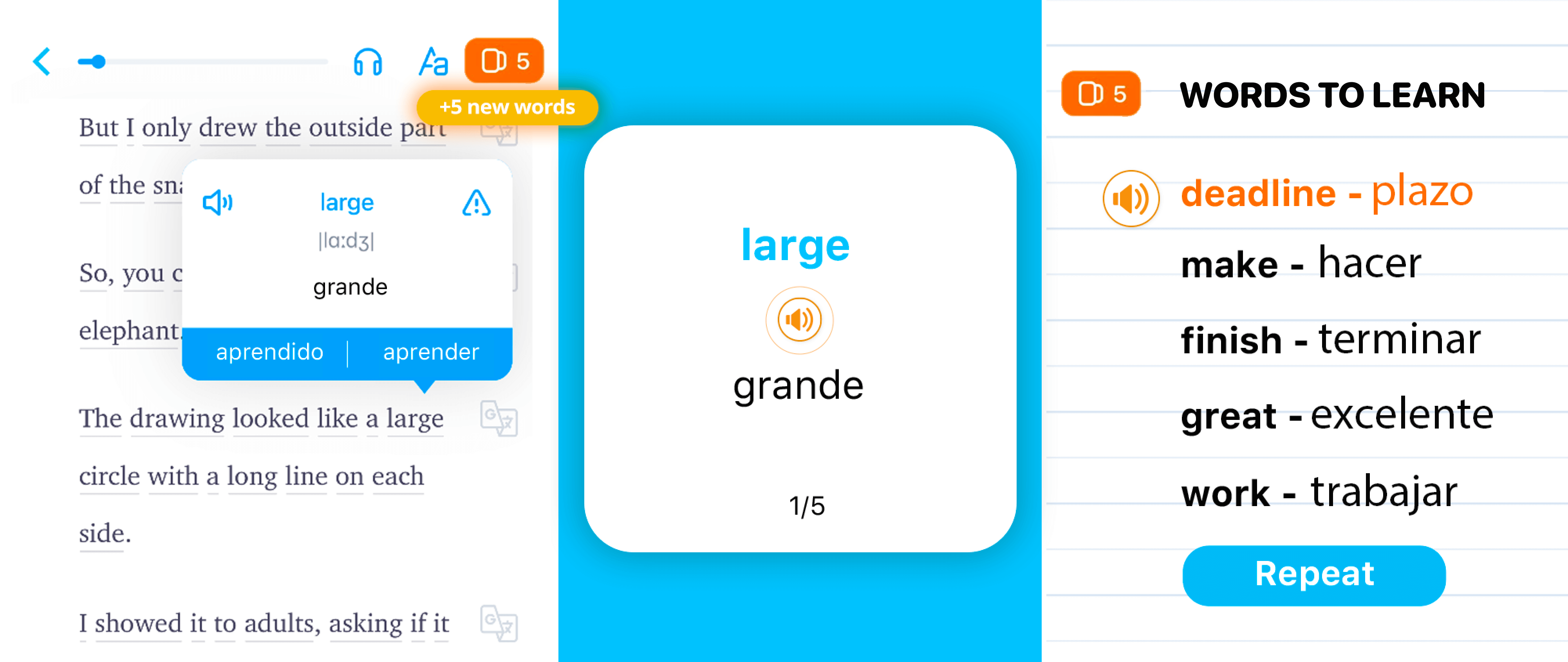What Makes a Language Easy or Hard to Learn?
Learning a new language can be both an exciting and challenging experience. For English speakers, the ease or difficulty of learning a new language depends on several factors, such as linguistic similarities, grammar rules, cultural context, and the availability of resources. Understanding these factors can help learners choose languages that suit their goals, interests, and proficiency level. In this article, we will explore what makes a language easy or hard to learn for English speakers, shedding light on key elements that influence the language learning process https://blog.appewa.com/the-easiest-languages-to-learn-for-english-speakers-a-comprehensive-guide/ .

Linguistic Similarities
One of the main reasons some languages are easier for English speakers to learn is the level of similarity between English and the target language. For example, languages that share similar vocabulary, syntax, and pronunciation patterns with English are generally easier to master. Languages like French, Spanish, and Italian are all Romance languages, meaning they evolved from Latin and share many common features with English. English speakers will find a wealth of cognates (words that look or sound similar) in these languages, making vocabulary acquisition easier.
On the other hand, languages that belong to completely different language families, such as Chinese, Arabic, or Japanese, can present more challenges. These languages have different alphabets, sentence structures, and sound systems, which may require more time and effort to learn.
Grammar Complexity
The complexity of grammar plays a significant role in determining whether a language is easy or hard to learn. English grammar, for instance, is relatively straightforward compared to some other languages. English does not have grammatical gender (like French or Spanish), and its verb conjugation system is simpler than languages such as Russian or Arabic, which have complex rules for verb forms based on gender, number, and case.
Languages with less straightforward grammar structures tend to be more difficult for English speakers. For example, languages like Hungarian and Finnish have highly complex grammar systems with multiple cases, agglutination (the process of adding suffixes to words), and flexible word order. These linguistic features can be confusing and overwhelming for learners who are used to English grammar rules.
Pronunciation and Phonetics
Pronunciation is another crucial factor when assessing the ease or difficulty of learning a language. For English speakers, languages with sounds that are similar to those in English tend to be easier to pronounce. However, some languages feature sounds that are rare or absent in English, which can make pronunciation particularly challenging.
For example, languages like Spanish and Italian have relatively simple phonetic systems, with clear and consistent rules for pronunciation. English speakers can usually read and pronounce words in these languages without much difficulty. On the other hand, languages like Mandarin Chinese, Thai, and Arabic have sounds that do not exist in English, requiring learners to develop new mouth and tongue movements. This can make pronunciation much harder, leading to potential frustration in communication.
Writing Systems
Another factor that influences the difficulty of learning a language is the writing system. Languages that use the Latin alphabet, such as French, German, and Dutch, are easier for English speakers because they already use the same script. Learning to read and write in these languages typically requires less effort compared to languages with entirely different writing systems, such as Arabic, Chinese, or Japanese.
Languages with non-Latin scripts introduce an additional challenge, as English speakers need to learn new characters and writing rules. For instance, Mandarin Chinese uses thousands of characters, and each character represents a word or concept rather than a sound. This requires memorization and repetition, making reading and writing more demanding for learners.
Cultural Context and Immersion
The cultural context and immersion opportunities available for a language can also significantly impact its learnability. Languages spoken in countries where English is widely understood, such as in many European countries, provide more opportunities for practice and interaction. This can make the learning process smoother and more enjoyable.
In contrast, languages spoken in regions where English is less common may offer fewer opportunities for immersion. However, with the rise of language learning apps, online communities, and educational resources, immersion is becoming increasingly accessible. Having access to native speakers, whether through travel, media, or online platforms, can make a language easier to learn by providing real-world practice and exposure.

Motivation and Consistency
Lastly, an often overlooked factor in language learning is the learner's motivation and consistency. Regardless of the linguistic factors, a learner’s dedication and enthusiasm play a critical role in their success. Those who are passionate about a language or its associated culture are likely to persist in their learning journey, overcoming the challenges of grammar, pronunciation, and writing systems. Consistent practice and immersion are essential for mastering any language, no matter how easy or hard it may seem.



